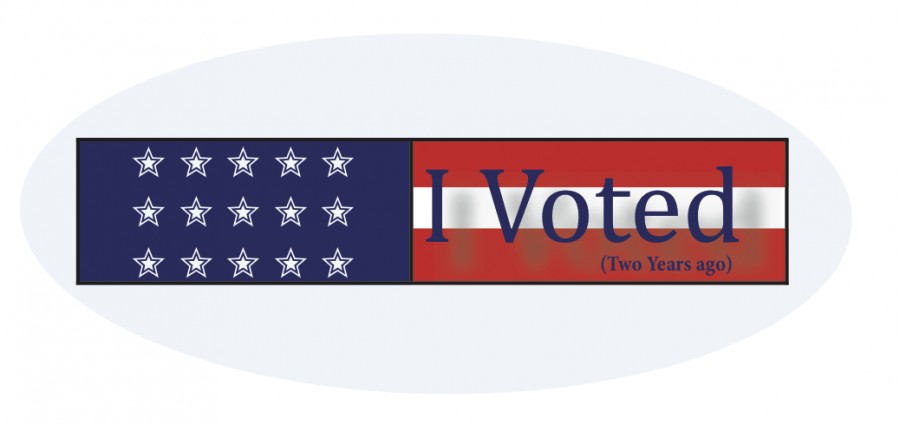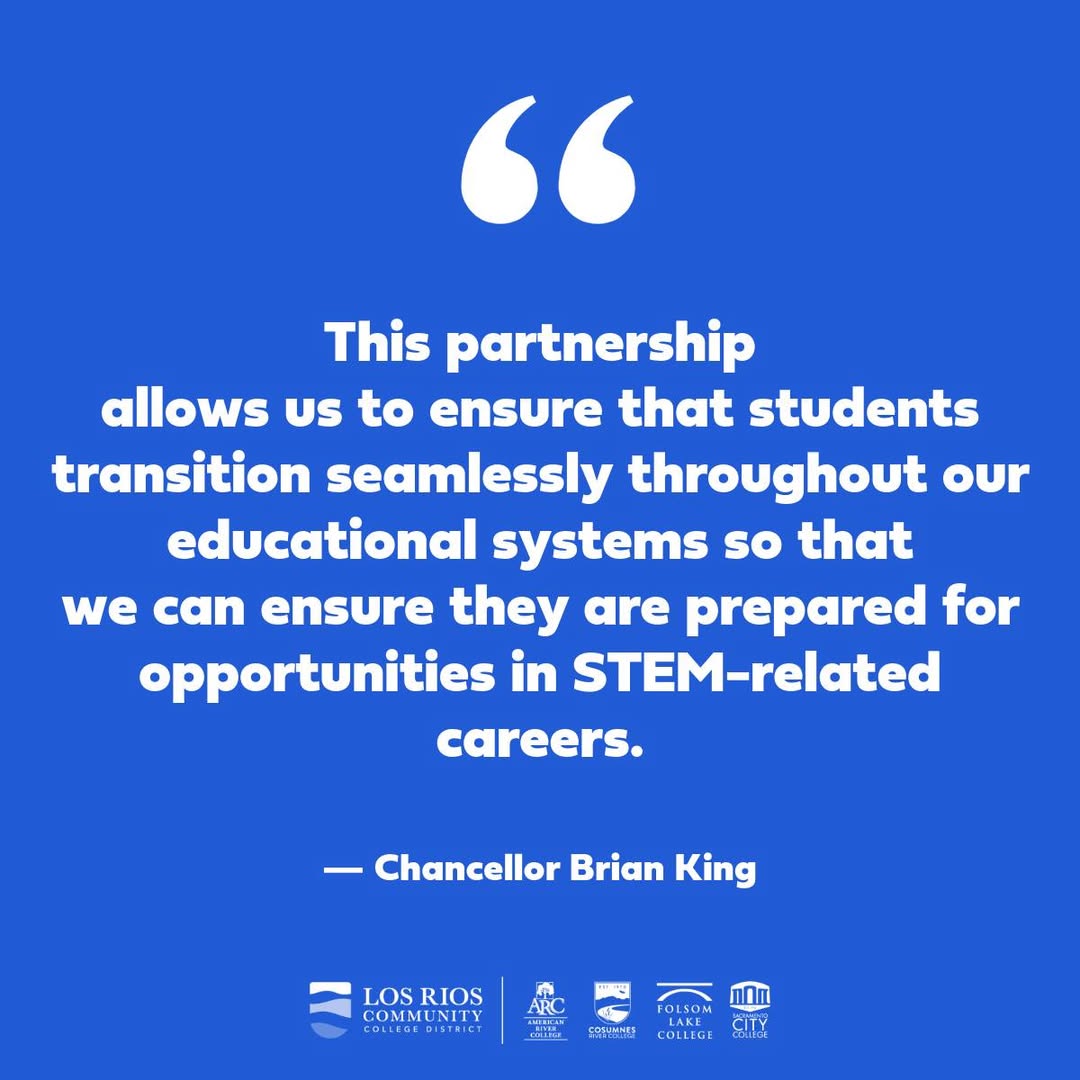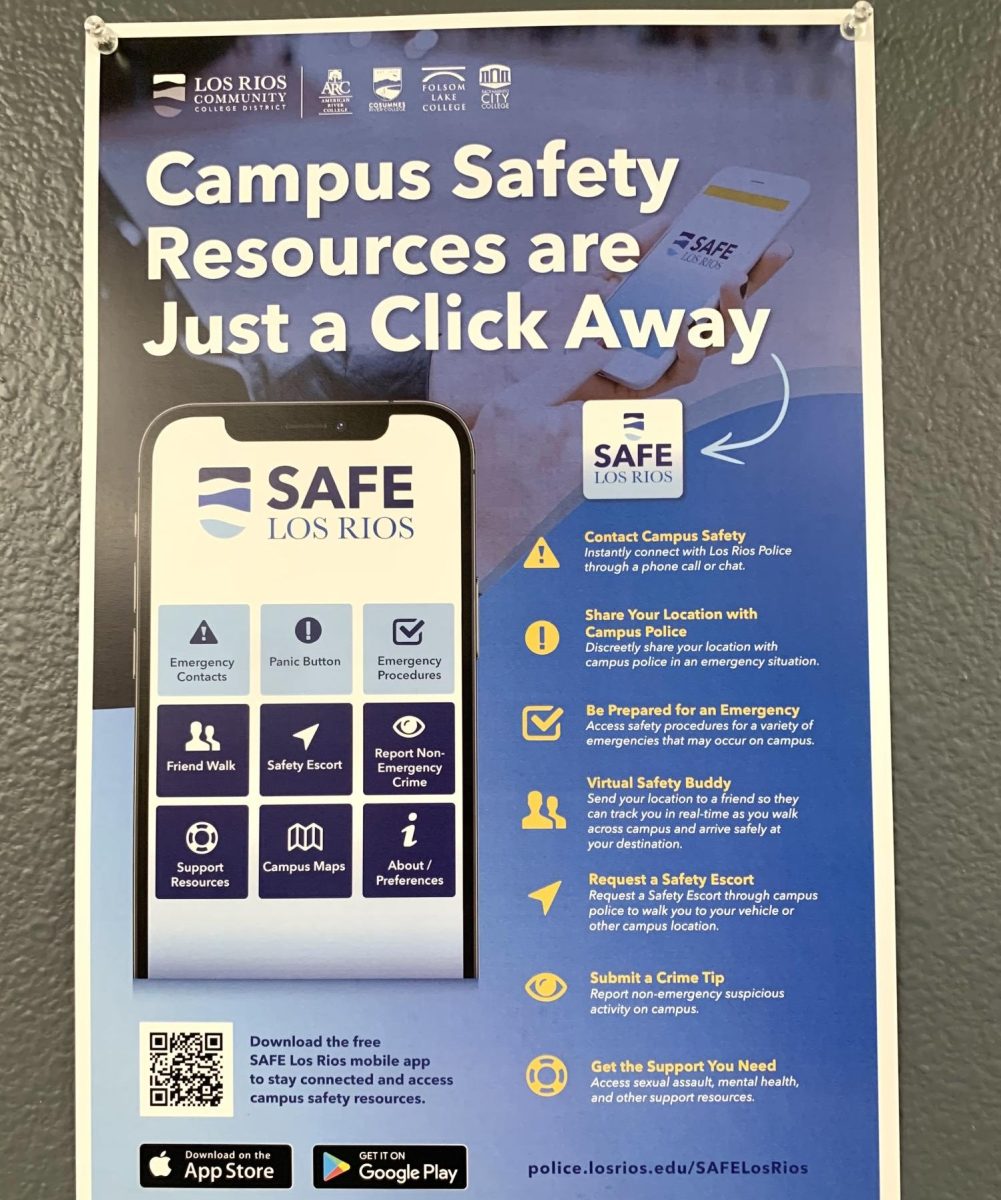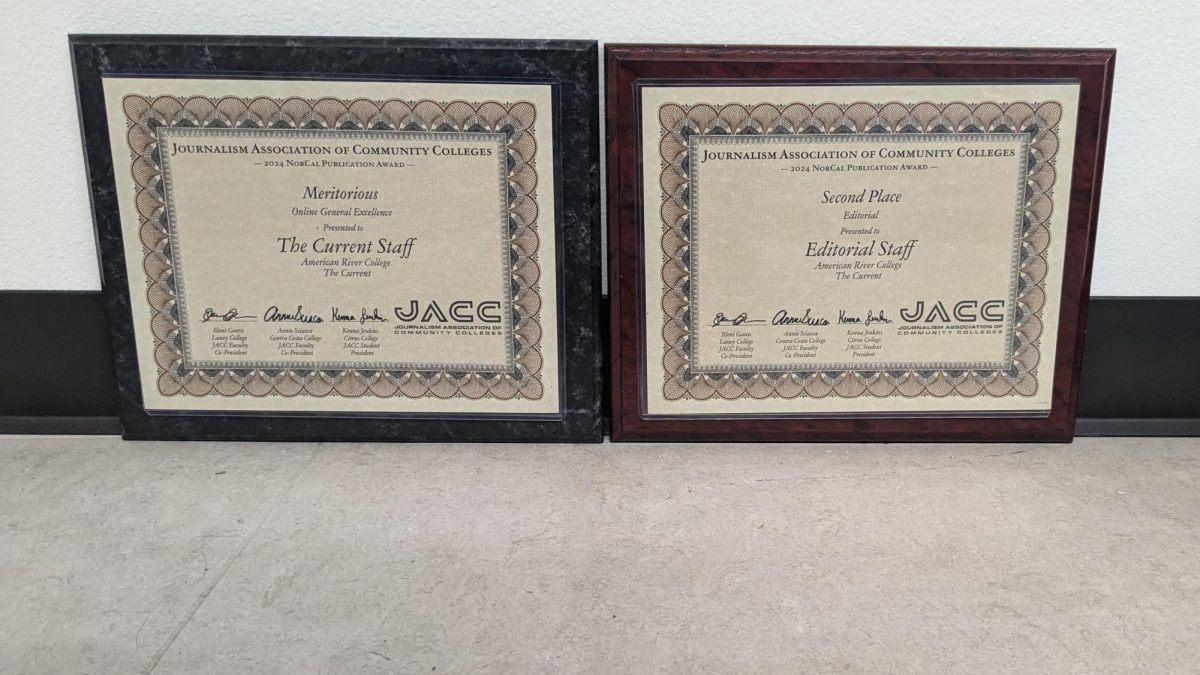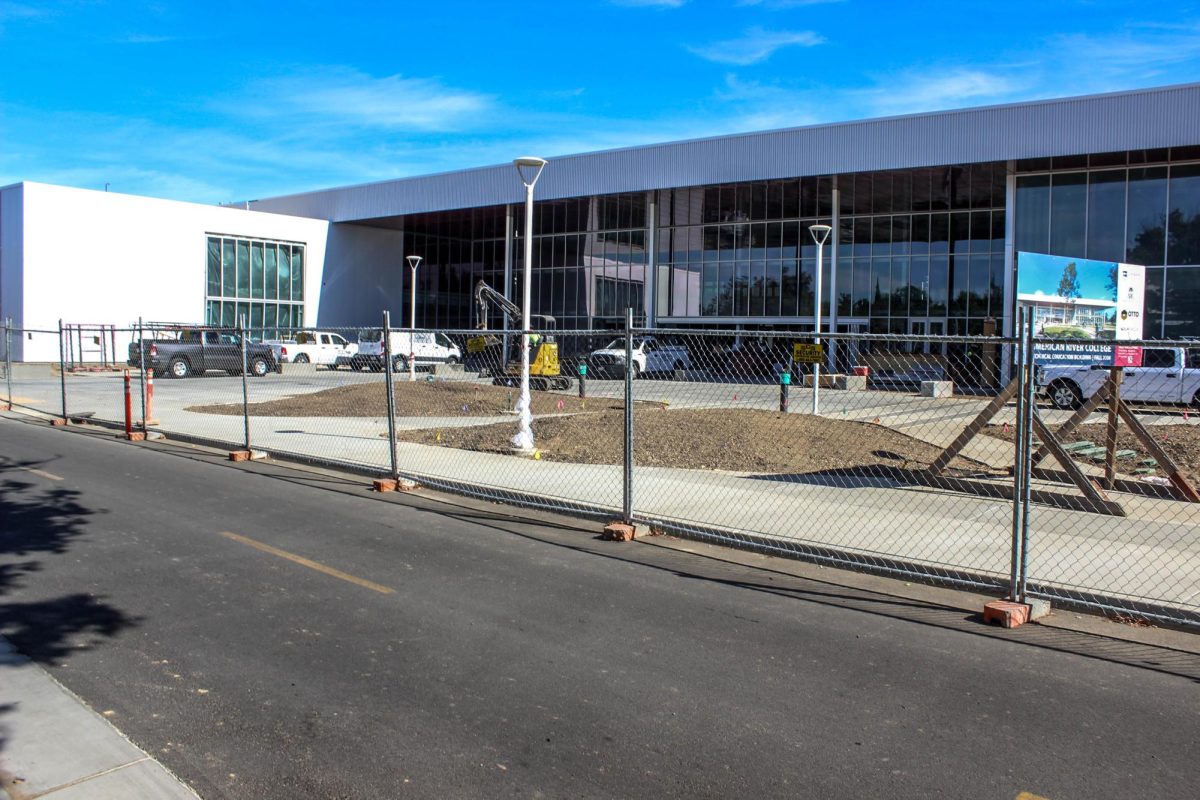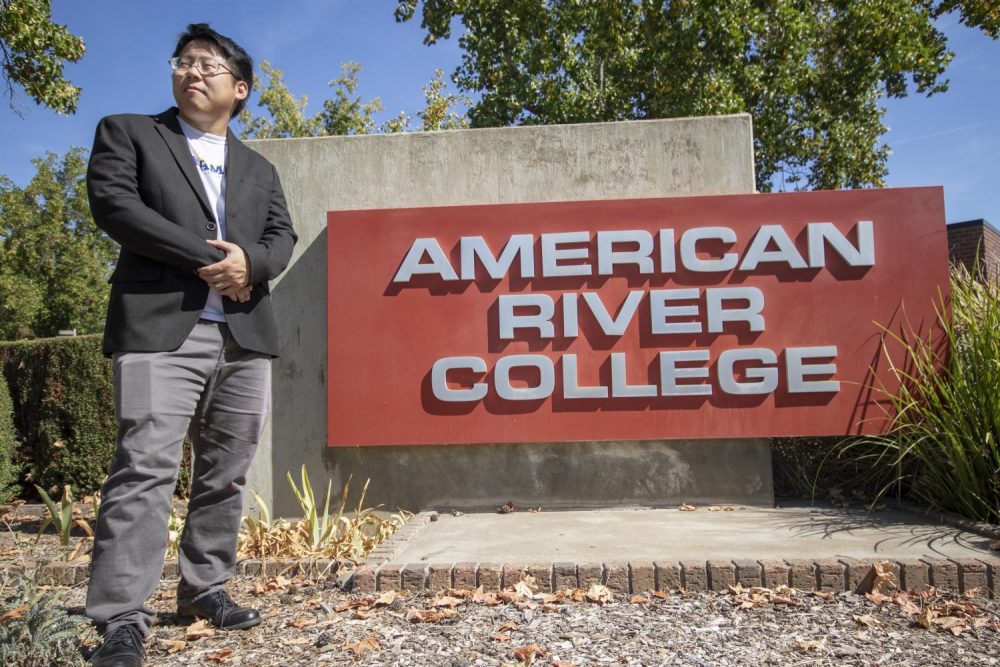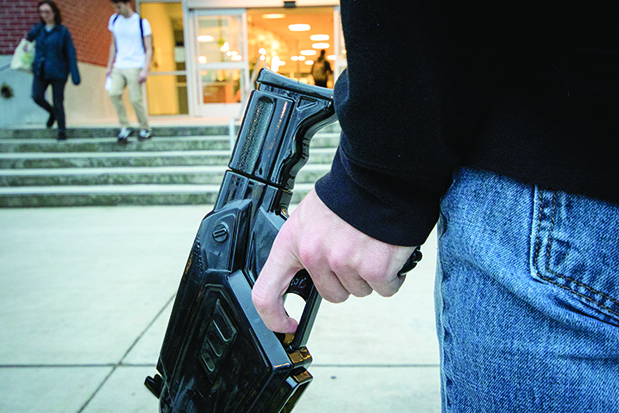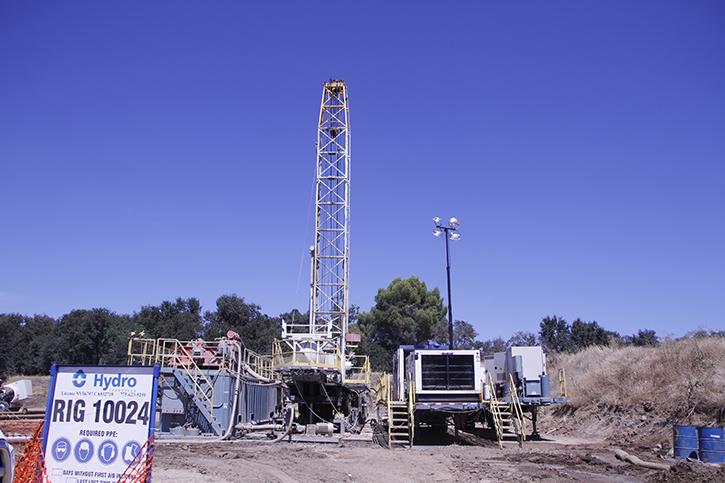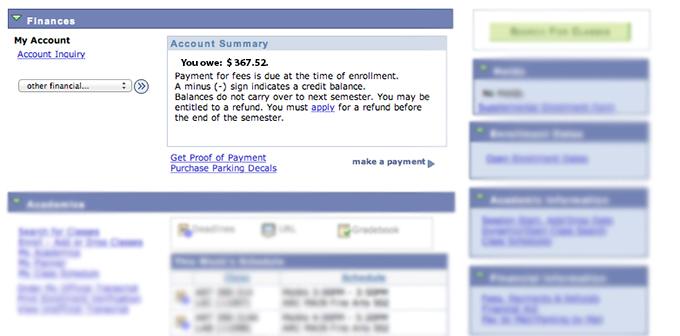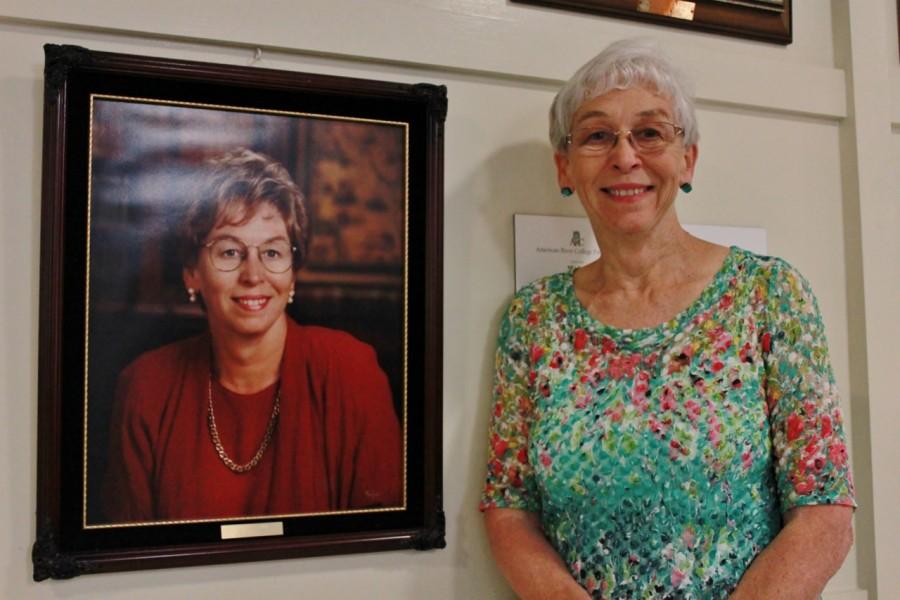For several decades voter participation has decreased significantly during midterm elections in comparison to presidential elections.
According to The Center for Voting and Democracy’s website, voter participation dropped 21 percent from the 2008 presidential election to the 2010 midterm election. Similarly, there was a 20 percent drop-off from the 2004 presidential election to the 2006 midterm election.
The drop-off in both participation and interest is more profound among young people.
A recent poll by the Harvard Institute of Politics found that only 23 percent of Americans between the ages of 18 and 29 will “definitely be voting” in the upcoming midterm election.
“Its’ not necessarily a lack of interest, it’s a lack of knowledge,” said Rebecca Herzog, an American River College adjunct professor who teaches U.S. Government.
Herzog said that such knowledge comes from connection to special interest groups, which tend to represent a more financially stable American population.
“Knowledge comes from being connected to those groups and owning property,” Herzog says. “(In) a lot of the midterm elections, what they’re missing out on is governor, propositions, things that affect the affordability of college … There are definitely things that affect them maybe even more so than during the presidential election, but they don’t have the awareness or knowledge, which I think is lacking because of those connections.”
Many political experts state that the multitude of issues and interests to follow during a midterm election, including local government, make it more difficult for an individual voter to follow along.
In the case of California students, the use of a direct democracy creates many propositions, further complicating the situation.
“The initiative process is a factor,” Herzog said. “And it’s also, I think, very overwhelming, the election cycle, when you’re seeing all the campaign ads and getting information on 15 different propositions.”
In addition to circumstances making it more difficult for voters to follow issues, some believe Americans would be better served by a system in which Election Day was a holiday.
Why Tuesday?, a nonprofit organization established in 2005, has been especially vocal since the 2012 presidential election about its desire for election days to be moved from Tuesdays to a day during which more Americans may be free to participate.
According to the organization’s website, the group has “inspired the introduction of the Weekend Voting Act in Congress. It has also prompted the passage of the Saturday Voting Act in San Francisco, and a study by the (U.S. Government Accountability Office) about the feasibility of implementing Weekend Voting in the United States.”
Such efforts may be an important step forward in increasing voter participation.
“We need to do something to make it easier for people to get out to vote,” Herzog said. “Whether it’s changing the day or making it a multiple-day process … on a Saturday, or making it an official federal holiday.”
Oregon established vote-by-mail in 1998 as the standard mechanism for voting with Ballot Measure 60, a citizen’s initiative. Oregon now boasts an average voter turnout of 64.3 percent, which is 8.5 percentage points above the national average, according to The Oregonian’s news website.
Caiti Berrie, a freshman at ARC, voted in Oregon during the 2012 presidential election and had a positive experience with the vote-by-mail system as a first-time voter.
Berrie said she believes the effort to accommodate each voter contributes to the state’s high turnout and causes young voters to take the process more seriously.
“I do think the voter participation is very high partially because we have a large elderly population and the older population votes more,” Berrie said. “But the fact that (voters a given) a tangible thing that you can look at and hold before you actually make a decision gets you to think about it a lot more.”


